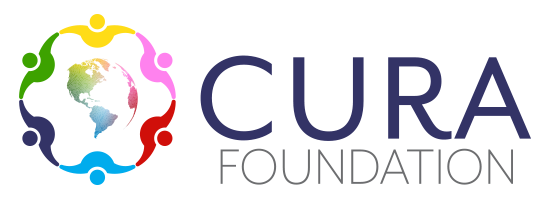Each year in the United States four million babies are born. Each birth is a time of great rapture and joy because of the tremendous amount of love and laughter an infant brings into one’s life. There’s nothing quite like looking at your baby and marveling at this miracle of life.
For some new parents, however, this ultimate happiness in soon tinged with great sorrow. About 3 percent, or 120,000 babies, will be diagnosed with a disorder that is caused by a mutation in a single gene. In the United States, newborns are screened for upwards of 50 different severe single cell disorders, which leads to immediate treatment for about 5,000 babies. But there are more than 1,000 genetic disorders that have already been described, some that are not so well described, and we still don’t have the means to screen for most of these.
“We call these rare ailments “orphans,” because they occur so infrequently. These diseases represent a massive collection of disorders that afflict fewer than 200,000 individuals for any single ailment,” says Stephen Groft, a key figure in revolutionizing the care and research of uncommon diseases when he directed the Office of Rare Disease Research (ORDR) in the National Center for Advancing Translational Sciences at the National Institutes of Health (NIH).
Current estimates indicate that there are more than 7,000 distinct rare diseases, and that this number increases by about 250 disorders annually. Today, more than 350 million people around the world have some kind of rare disorder. These ailments come with mysterious names and doctors often take a long time to diagnose them, if ever. They range from relatively well-known ailments such as cystic fibrosis and multiple myeloma to obscure and extremely rare conditions with whimsical or hard to pronounce names, including dancing eyes-dancing feet syndrome, lamellar ichthyosis, fibrodysplasia ossificans progessiva, and lysosomal acid lipase deficiency.
“Less than 10 percent of rare disorders have an effective treatment, let alone something that can change the destructive and often painful course of the disease,” admits Groft, a tireless advocate for rare diseases research for decades before retiring from ORDR in 2014. His major focus had been on stimulating research with rare diseases and developing information about these rare diseases and conditions for health care providers and the public. Thanks to the tireless efforts, of many scientists and leaders at the Research Institutes and Centers, including the National Center for Advancing Translational Sciences, NIH has now extended current research efforts beyond basic and clinical work to include translational research initiatives so that new treatments and cures for disease can be delivered to patients faster.
The Changing Rare Disease Drug Landscape
While rare diseases are truly rare—and some like lysosomal acid lipase deficiency have only a handful of people diagnosed annually with the ailment—the people who have them, children especially, and their parents, are not without hope. “Treatments have improved greatly over the years, thanks in part to the heroic efforts of parents, physicians and scientists determined to find the answers to help children born with mysterious and often untreatable genetic disorders,” Groft says.
“The Internet, Facebook and Twitter makes it easy to find like-minded people from all over the world to brainstorm ideas on how to raise the profile of the rare medical condition that concerns you.”
Groft is quick to point out that drug companies are also playing an important role in the rare disease arena. “Thanks to the scientific advances that have sprung from the decoding of the human genome a decade ago, drug companies are now employing stem cell and gene-based therapies, and using gene editing to target specific genetic mutations to take on the challenges posed by many rare genetic disorders.”
In 2015, the U.S. Food and Drug Administration (FDA) set a record when it approved 21 new drugs to treat rare diseases. Okambi, for example, is designed to treat the 8,500 or so cystic fibrosis patients with a specific gene mutation, while Kanuma, which was approved for the treatment of lysosomal acid lipase deficiency, will be used for the 20 new patients expected to be diagnosed this year.
The remarkable number of orphan drugs approved by FDA last year underscores the progress that’s finally being made in identifying and studying new therapies, and also points to the willingness of the often risk-averse investment community to fund orphan drug research.
“There have been many economic incentives,” Groft admits, “and this has played a big role in making rare disease research and discovery economically feasible. Tax credits, extended patent protection, reduced timelines for clinical development, exclusive marketing periods, and premium pricing have all helped power the recent surge in orphan drug development.”
There are now more than 452 medicines and vaccines in development for orphan diseases and many of these experimental drugs represent innovative new ways to target the rare diseases. “Optimism prevails,” says Groft. “Researchers are now considering possible treatments related to the development of traditional small molecules, enzyme replacement therapies, monoclonal antibodies, gene and cellular therapies, RNAi compounds, nanotechnology applications, and precision medicines.”
And while cure for many people with a rare disorder may not always be possible, the new treatments in the pipeline could eventually slow the progress of the disease and, possibly, when offered earlier in the progression of the ailment, offer hope not only for a better quality of life but a longer life as well.

